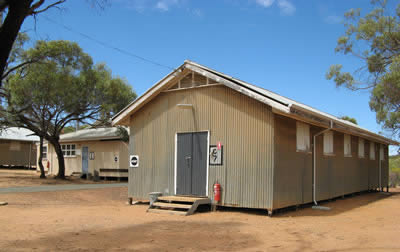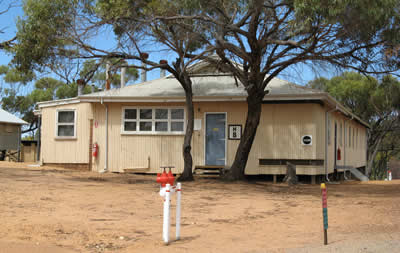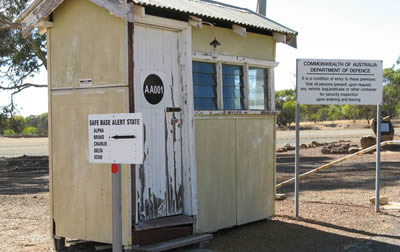Background
The Australian government began planning for post-war migration during World War Two with Arthur Cadwell appointed the first Minister for Immigration in 1945. Branches of the Department of Immigration were established in each state the following year.
Cadwell promoted a mass migration scheme with the goal of increasing Australia’s population from 7 million to 20 million by the year 2000. The scheme was influenced by Australia’s feelings of vulnerability following the Japanese attacks during the war, the falling birth rate and the need for a bigger workforce for post-war reconstruction projects.
By 1947, Australia’s need for labour was critical. The Commonwealth Government offered free passage for British, Irish and Maltese ex-servicemen and their families, greatly subsidised fares for other Britons and actively pursued other Europeans with assisted passages.
All immigrants, except ex-servicemen and singles, had to be nominated by a person living in Australia or by an Australian state or private organisation who guaranteed their accommodation.
At the end of World War Two, there were approximately 30 million Displaced Persons living in concentration camps or forced labour camps, or were on the move across Europe. On 21 July 1947, Cadwell signed an agreement with the International Refugee Organisation (IRO) for the dispatch of 12,000 Displaced Persons from Europe each year. The scheme provided much needed workers and helped Australia fulfil its international humanitarian obligations.
Other countries to sign agreements with the IRO included New Zealand, Canada, Brazil, Venezuela and the United States of America.
Lured by propaganda posters depicting Australia as a bountiful country of booming industry, full employment and endless opportunities, thousands of Displaced Persons applied to immigrate to Australia.
They had to meet age and health criteria and remain in employment selected for them by the authorities for two years. Single males had to be aged between 16 and 45; single females were to be between 16 and 40. Parents could be up to 50 years old.
Of course, each Displaced Person’s or families’ reasons for wanting to migrate differed, but reasons for coming to Australia included: (i) the desire to improve their economic and/or social standing; (ii) overpopulation in their home country; (iii) fear of political unrest; and, (iv) restlessness, dislocation and disruption to family life caused by the war.
Between 1947 and 1952, over 170,000 Displaced Persons arrived in Australia under the IRO agreement. In the same period, total immigration to Australia was 270,000.
One of the greatest challenges of this post-war migration scheme was the extreme housing shortage. While sponsored migrants usually moved in with family or friends, assisted migrants with no social and economic networks were accommodated in centres especially set up by the Department of Immigration.
The Department took over ex-Army and RAAF camps as they could be quickly transformed into large-scale accommodation. Twenty-three military centres around Australia were converted to accommodate new settlers from Britain and Europe.
Post-War Migration to WA
At least half of the annual migrant intake to Western Australia in the post-World War Two period required accommodation. Reception, training centres, hostels and holding centres were established in the Perth metropolitan area and at Northam and Cunderdin.
In Northam, the Northam Army Camp was converted for use as a reception and accommodation centre and the 118th General Field Hospital was refurbished to become the Holden Holding Centre. The RAAF base at Cunderdin also became a reception and accommodation centre.
The reception and accommodation centres provided the initial reception, processing and accommodation for migrants. When breadwinners were allocated work, they were transferred to staging or workers’ hostels. Wives and children were then relocated to the holding centres that provided longer term residential accommodation.
Whether migrants were sent to suburban or rural centres largely depended on the time of arrival in Western Australia and ethnicity. British migrants generally went to the centres in the Perth metropolitan area while Displaced Persons and other European assisted migrants were sent to Northam and Cunderdin.
About 20,000 Displaced Persons settled in Western Australia. Over 12,000 arrived in 1950, including 8,236 from Poland, 2,892 from the former Yugoslavia, and 1,956 from Latvia. The remainder were from Estonia, Lithuania, Hungary, White Russia, the Ukraine, Czechoslovakia, Romania, Bulgaria and Italy.



